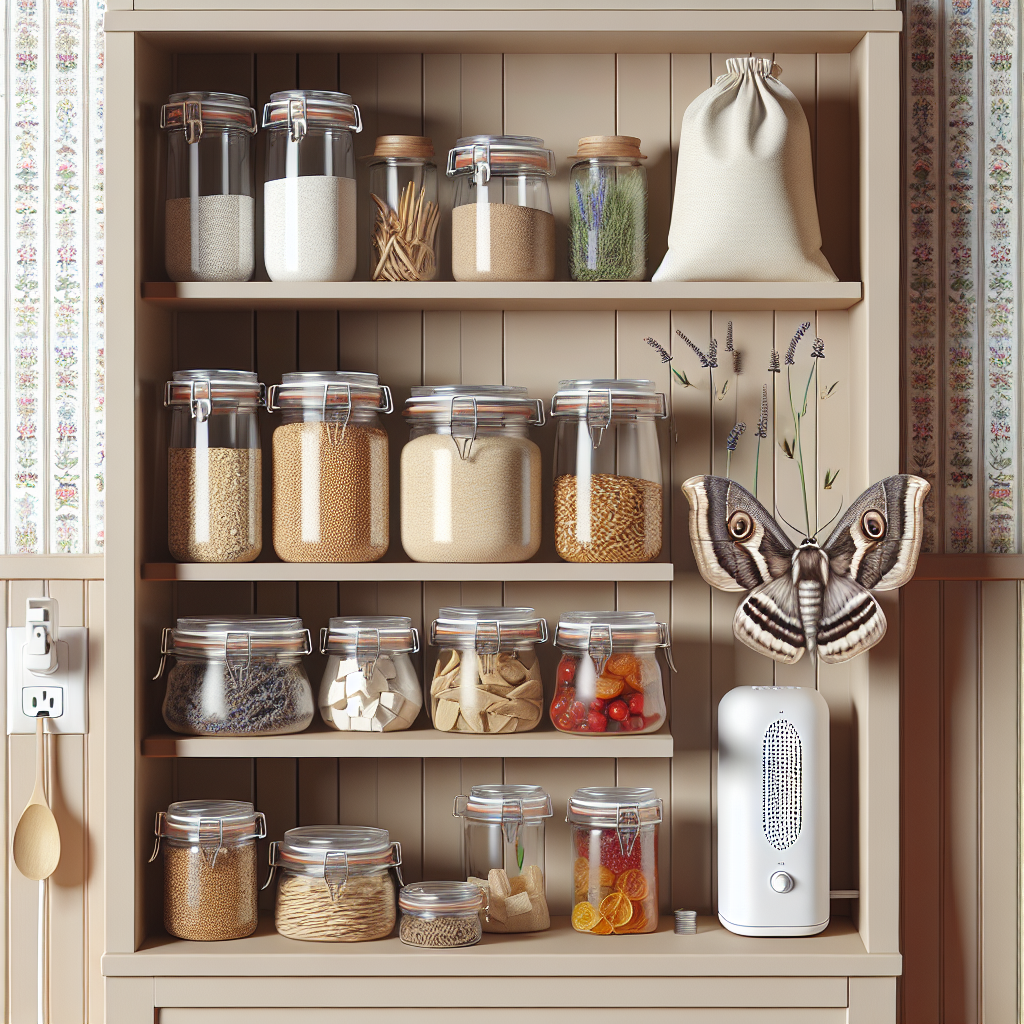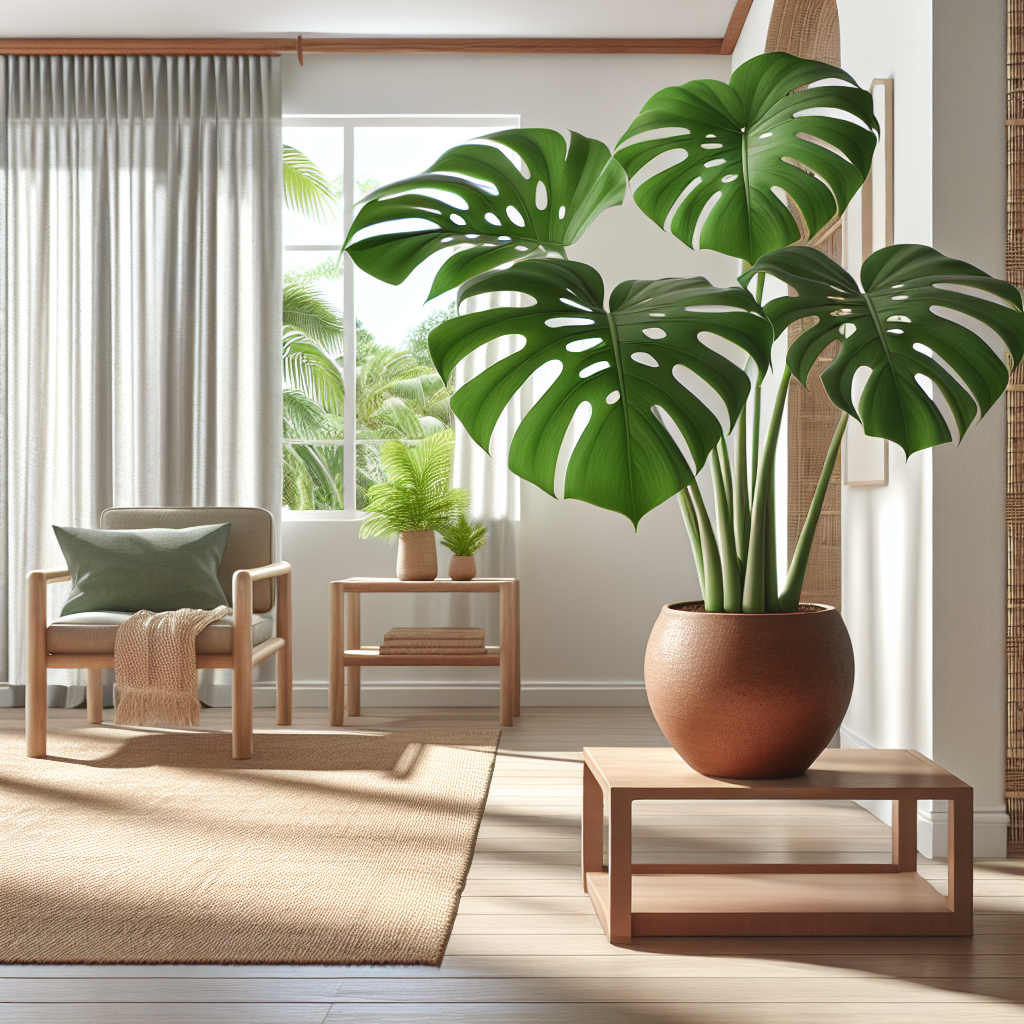Indoor Hollyhock Care for Charming Blooms
Updated July 10, 2024 at 7:20 pm

Introduction to Indoor Hollyhock Care
Embracing the beauty of hollyhocks can be the highlight of your indoor garden. Charming in their stature and vivacious with their blooms, hollyhocks (Alcea rosea) can indeed be cultivated indoors with the right care and conditions. In this guide, we’re going to unwrap the secrets to nurturing hollyhocks within the comfort of your home.
-
Pet Friendly:
Good news for pet owners – hollyhocks are generally considered pet-friendly. However, it’s always best to discourage your pets from nibbling on any houseplants.
Light Requirements:
Hollyhocks crave bright, indirect sunlight. A south-facing window filtered with a sheer curtain is an ideal spot for these florals.
Watering:
Consistent watering is key, but be cautious of overwatering. Allow the soil to dry slightly between watering sessions to avoid root rot.
Humidity:
These blooms appreciate moderate humidity. If your indoor air is dry, consider using a pebble tray or a humidifier nearby.
Temperature:
Ideal temperatures for indoor hollyhocks range from 60-70°F (15-21°C). Avoid placing them near drafty windows or heat sources.
Difficulty:
Caring for hollyhocks indoors is a medium difficulty task. Dedication to their light and water needs will ensure success.
Choosing the Right Variety for Indoors
When bringing the splendor of hollyhocks indoors, selecting the right variety is crucial. The traditional towering varieties may not be suitable, but dwarf hybrids like ‘Majorette’ or ‘Queeny’ are perfect for indoor cultivation with their more manageable size. These dwarf varieties can reach a height of 2-3 feet, making them ideal houseplants.
The Best Soil for Indoor Hollyhocks
An indispensable aspect of indoor hollyhock care is choosing the right soil. A light, well-draining potting mix helps prevent water from sitting at the roots. Aim for a mix rich in organic matter like compost or peat, which encourages healthy growth. Avoid heavy garden soils that could retain too much moisture. Companies like Miracle-Gro offer potting mixes that are specially formulated for flowering plants, providing the right balance of drainage and nutrients.
Find This and More on Amazon
Perfecting the Watering Technique
Water is the essence of life for hollyhocks, yet too much can spell disaster. The goal is to maintain a balance. Water your hollyhocks deeply to encourage root growth, but be sure to let the top inch of soil dry out between watering sessions. A good gauge is to feel the soil with your finger; if it’s dry to the touch, it’s time to water.
How to Provide Adequate Light
Light plays a pivotal role in the thriving of indoor hollyhocks. Position them in a spot where they can bask in plenty of bright, indirect light, but shield them from harsh afternoon rays that could stress the plant. If natural light is limited, especially during the darker months, consider using grow lights. LED grow lights are an energy-efficient option that can supplement sunlight and promote healthy blooms.
Find This and More on Amazon
Maintaining Ideal Humidity for Hollyhocks
If you’re noticing your hollyhock’s leaves looking a bit lackluster, the culprit might be low humidity. While they do not require tropical levels of moisture in the air, a level of around 50% is usually conducive to their health. If dry air is an issue in your home, a simple fix is a room humidifier, or you might place your pot on a pebble tray filled with water to naturally increase humidity around the plant.
Managing Temperature and Airflow
Temperature consistency is significant for indoor hollyhocks. Sudden temperature shifts can stress the plant, so keep them away from drafty windows and doors, as well as heating and air conditioning vents. During warmer months, a gentle fan can provide ideal airflow, but make sure it’s not too strong as to dry out the plant excessively.
Pruning and Deadheading for Lush Growth
Pruning isn’t just about keeping your hollyhocks looking neat – it’s essential for their vitality. Removing old leaves and spent blooms encourages the plant to allocate its energy towards producing fresh, vibrant flowers and foliage. When deadheading, use clean, sharp scissors, and aim to cut back to a set of leaves to promote new growth.
The Importance of Fertilizing Indoor Hollyhocks
Like any flowering plant, hollyhocks appreciate a good feed. A balanced liquid fertilizer applied every four to six weeks during the growing season can work wonders. Brands like Osmocote offer slow-release options that provide a steady supply of nutrients without the risk of overfeeding. Remember that less is often more with fertilizer; overdoing it can cause more harm than good.
Find This and More on Amazon
Understanding Common Issues: Yellow Leaves
Yellow leaves on your indoor hollyhock can be disheartening. It might be a sign of overwatering, poor drainage, or a nutrient imbalance in the soil. Before reaching for any products, assess the care you’ve been providing. Adjust your watering habits, ensure your pot has adequate drainage holes, and consider replenishing the soil with some fresh mix enriched with compost.
Managing Pests and Diseases
Hollyhocks are generally robust, but they can be susceptible to pests such as aphids and spider mites. If you spot any unwelcome visitors, a solution of mild dish soap and water sprayed on the leaves can be an effective deterrent. Diseased plants are much harder to treat, so prevention through good care practices is paramount.
When to Repot Your Hollyhock
If your hollyhock seems to be outgrowing its pot or the roots are peeking through the drainage holes, it’s time for a larger home. Repotting is best done in the spring before the plant enters its active growing phase. Select a pot that’s one size larger and has good drainage – terracotta pots are a great option due to their breathability.
The Delight of Propagation
Once you’ve mastered the art of indoor hollyhock care, you might want to multiply your blooms. Propagation from seeds is relatively straightforward. Sow seeds in moist potting mix and cover lightly with soil. With warmth and light, you should see seedlings in a few weeks. It’s a wonderful way to expand your indoor garden or share with friends.
Final Tips for Flourishing Hollyhocks
To conclude, remember that indoor hollyhocks require patience and attention to detail. Consistent care following the guidelines above will set you on the path to success. If you provide the right environment and remain vigilant for any issues, you will be rewarded with charming blooms that can brighten up any space. Don’t be afraid to ask fellow plant enthusiasts for advice or to share your own success stories. Happy planting!
Combatting Common Diseases in Indoor Hollyhocks
Indoor hollyhocks, just like their outdoor counterparts, can fall prey to a number of diseases that can hinder their growth and rob them of their beauty. Rust, a common fungal disease, manifests as orange to yellow spots on the leaves. Good air circulation is crucial in preventing this disease. Ensuring that your plant is not overcrowded by other plants and that there’s good airflow can drastically reduce the risk of rust. If rust does appear, remove affected leaves and consider using a fungicide recommended for rust, available at gardening centers or online.
Tackling Nutrient Deficiencies for Healthy Blooms
Sometimes, despite your best efforts, you might find your hollyhocks are still not thriving. This could be due to a lack of essential nutrients in the soil. Look out for signs like stunted growth or discolored leaves, which could indicate nutrient deficiencies. A balanced, slow-release fertilizer as previously mentioned can help, but you may also want to do a soil test. Soil testing kits can determine what specific nutrients your plant is missing and guide you on how to address the deficiency.
Creating an Indoor Blooming Schedule
One of the delights of growing hollyhocks indoors is the ability to somewhat control their blooming schedule. With careful manipulation of light and temperature, you can encourage your hollyhocks to bloom at a certain time. If you want blooms during the winter months, make sure to provide plenty of light with grow lights and keep the room warm. Conversely, if you prefer to have them flourish in the summer, ensure the plant receives natural sunlight and moderate temperatures. Forcing hollyhocks into a different blooming schedule can be challenging and might not always be successful, but it can be a fun experiment for enthusiastic gardeners.
Accessorizing Your Indoor Garden with Hollyhocks
Once you have your indoor hollyhocks flourishing, consider how best to display them. Hollyhocks make a strong visual impact and can be paired with other plants for an attractive indoor garden. Low-growing, shade-tolerant plants can complement the tall stature of hollyhocks, or you can place them with other cottage garden favorites for a themed display. Pay attention to container style as well; a hollyhock in a decorative pot can become a focal point in your room.
Joining a Community of Indoor Hollyhock Enthusiasts
If you’re fond of indoor gardening and especially keen on hollyhocks, joining a community of like-minded individuals can be incredibly rewarding. Online forums, social media groups, and gardening clubs are excellent resources for tips, troubleshooting, and encouragement. Sharing your successes, swapping seeds, or even participating in plant swaps can enhance your gardening experience and knowledge.
Final Thoughts on Indoor Hollyhocks
Embrace the journey of indoor hollyhock care with open arms and a willingness to learn. Each plant will have its own unique needs, and as you become more attuned to them, your hollyhocks will reward you with their charming presence. Keep an eye out for signs they’re happy, like new growth and blooms, which indicate you’re on the right track. Even with setbacks, continue to provide the best care possible, and don’t hesitate to seek advice from the community when needed. Your indoor garden, brimming with vibrant hollyhocks, will not only add aesthetic appeal to your home but also bring a sense of accomplishment and joy in your green-thumbed endeavors.
Celebrating the Seasons with Indoor Hollyhocks
As you journey through the year with your indoor hollyhocks, embrace each season’s unique influence on your plants. In spring, focus on repotting and starting seeds for new plants. During the vibrant growth of summer, prioritize watering and fertilizing. In autumn, prepare your hollyhocks by reducing feeding and prepping for the reduced light of winter. Throughout the cold months, maximize light exposure and maintain warmth. By aligning your care routine with the seasons, you encourage a natural growth cycle that can enhance your blooms.
Gift-Giving with a Personal Touch
Indoor hollyhocks, with their captivating blooms, make thoughtful gifts for friends and family. Propagating your hollyhocks to share is a heartfelt way to spread love and beauty. Transplant seedlings into decorative pots, accompanied by a care guide, for a present that keeps on giving. Watching a hollyhock flourish can be a symbolic journey and a shared expression of your passion for gardening.
The Therapeutic Benefits of Indoor Hollyhock Gardening
In addition to the visual charm, caring for hollyhocks indoors offers therapeutic advantages. The acts of planting, watering, and nurturing these plants can provide a meditative and calming experience, alleviating stress and boosting mental well-being. As you tend to your hollyhocks, allow yourself to become present in the moment and enjoy the tranquility that caring for plants can bring into your life.
Final Tips for Flourishing Hollyhocks
To wrap up, the journey of nurturing indoor hollyhocks is one teeming with rewards and learning opportunities. Pay attention to the individual needs of your plants and remain diligent in observing their responses to your care. Perfecting indoor hollyhock cultivation is a delicate balance, but with consistency and passion, you will be graced with the joy of splendid blooms that enhance your indoor living space.
Shop more on Amazon

